In the Mobile Health space, it’s easy to get lost in the technology and the Big Data. The pace of the technology development is fast and furious and the amount of data is overwhelming. Making the technology work is your business life-line. Using technology to deliver Big Data to the hand of health care clinicians in real-time is potentially life-saving.
Someday that life could be yours.
Recording Your Health Data Made Easy
Recently I discovered this mobile health app that integrates with how I manage all my personal and business data. iHealth now integrates with Evernote.
Evernote, in case you’re not already a user, is your data lifeline. It allows you to capture anything and everything- ideas, highlights from PDFs and Kindle books, audio reminders and notes, photos, drawings, mind maps, webpages- everything you see, read, hear, like, and think. With Evernote, you can access your own Big Data from any computer, phone, tablet, or device, plus it’s easy to find things with complete document keyword search and tags.
Now, with the iHealth mobile app, you’re able to capture your Blood Pressure and Body Analysis Scale readings, with other relevant health apps sure to follow. You have the ability to easily capture, record, and manage your personal health data along with your other data.
Typical Back to the Office Monday Morning…
with a Surprise Beginning
You’re busy. You no doubt should exercise more. Your eating habits, especially on the road with clients or while at meetings, could be healthier. Your life is filled with stress, both on the job and a hectic home life with kids. You currently take hypertension medication.
Now it’s a typical Monday morning. You arrive at your office after a week of business meetings and travel. You’re a bit worn down. Suddenly, you’re thrust into crisis mode, with people who need to talk to you and need answers now. Your body reacts. Chest pains. Shortness of breath. You feel faint and dizzy.
You’re not going to any staff meeting on the 6th floor. You’re headed to the Emergency Room.
Your Mobile Phone Tells Your Health Story…
and Saves Your Life
Fortunately, you’ve been using the iHealth app and recording the your Blood Pressure and Body Analysis data. The Emergency Health team is able to match this data with other vital sign readings while you’re in transit to the Emergency Room. This data is transferred to the iPhones and iPads of the Cardiac Trauma Treatment team at the hospital. Having this data in real-time when you and the health care team needs it could make all the difference in saving your life.
What’s the lesson?
Ultimately the success of your firm’s mHealth solution boils down to the value that is delivered to the end user- the patient. The challenge is keeping the core message of your story straight through the final solution delivery to the patient. You must tell your story to hospital management, perhaps present to the hospital board, train and communicate with hospital staff, who will then train the clinicians who use your solution.
With all these levels of communication required, it’s easy to lose sight of the end user-the patient.
So, practice becoming an end user yourself so you can put yourself in the patient’s shoes.
Start taking notes. Start capturing the data. Start building your own Electronic Medical Record. With iHealth and Evernote you have the tools. You never know when you’ll need to tell your own health story.
photo credit: lydia_shiningbrightly via photopin cc
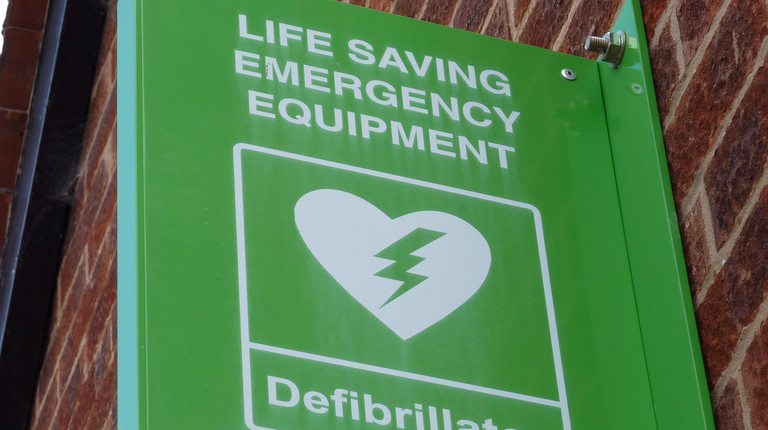



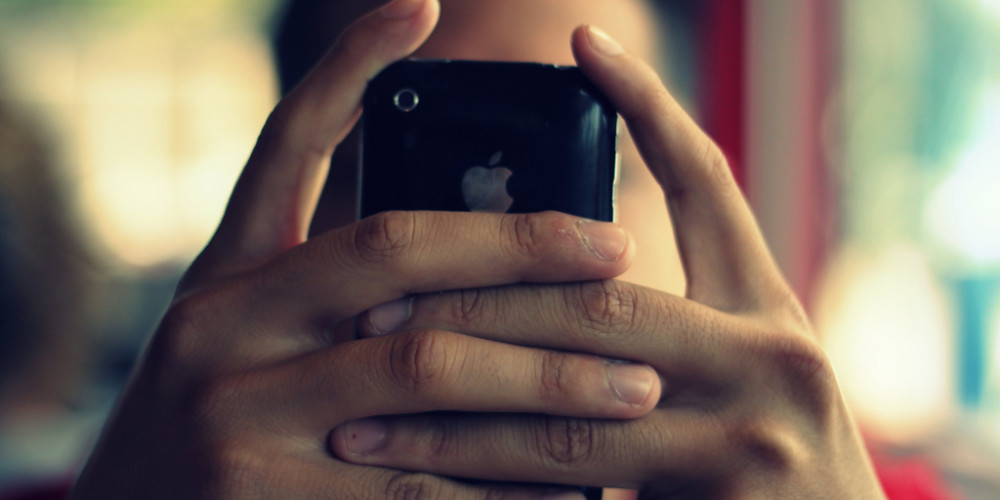
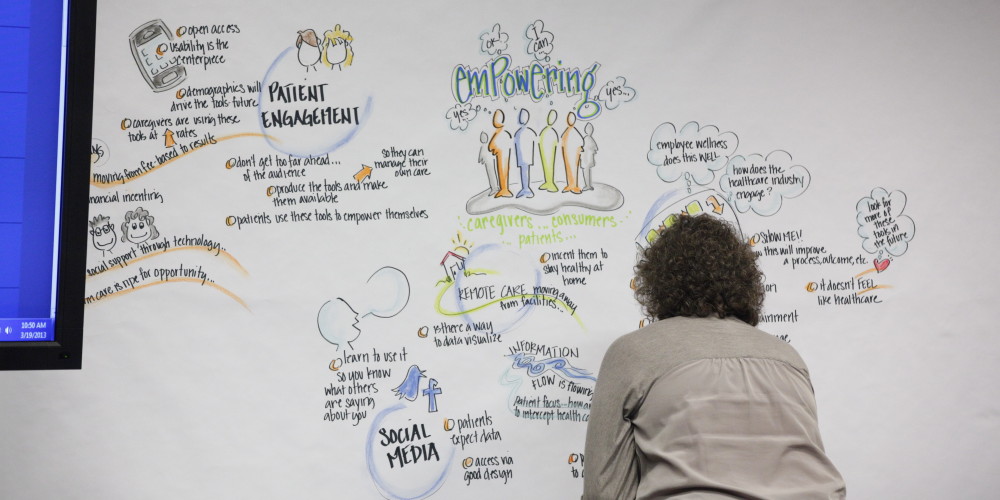
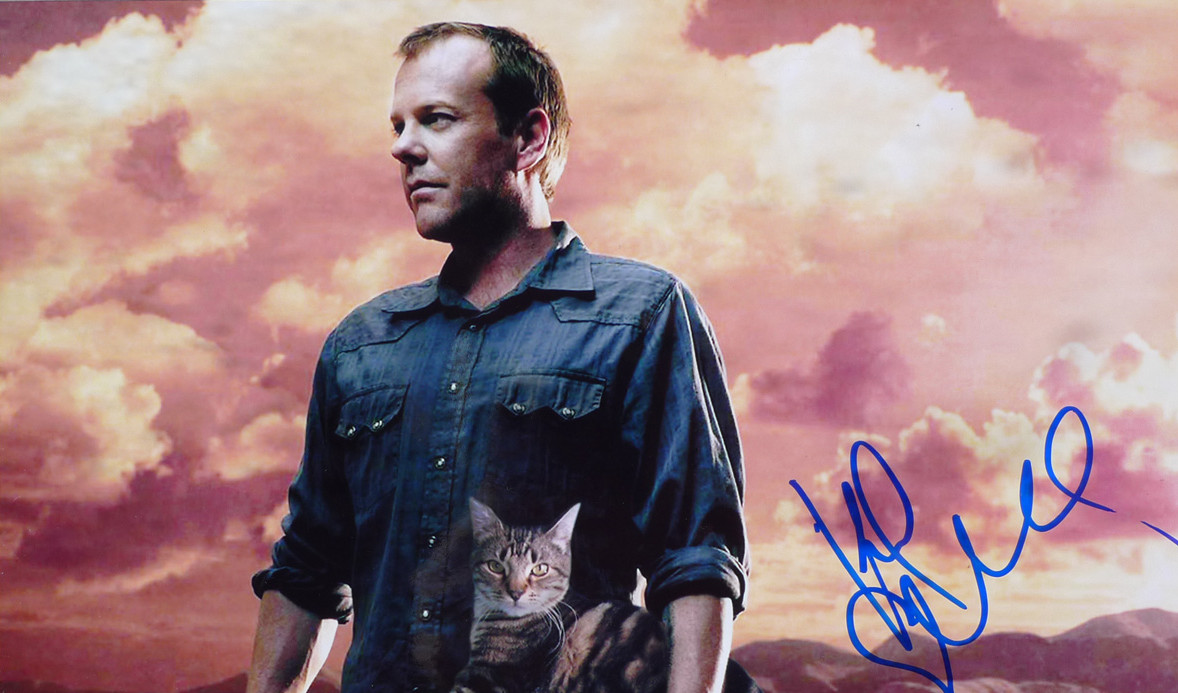

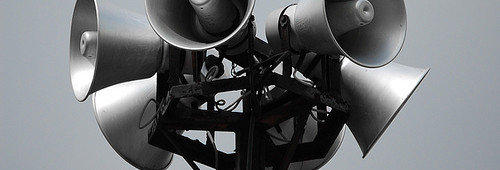
5 thoughts on “How mHealth Storytelling Can Save Your Life”